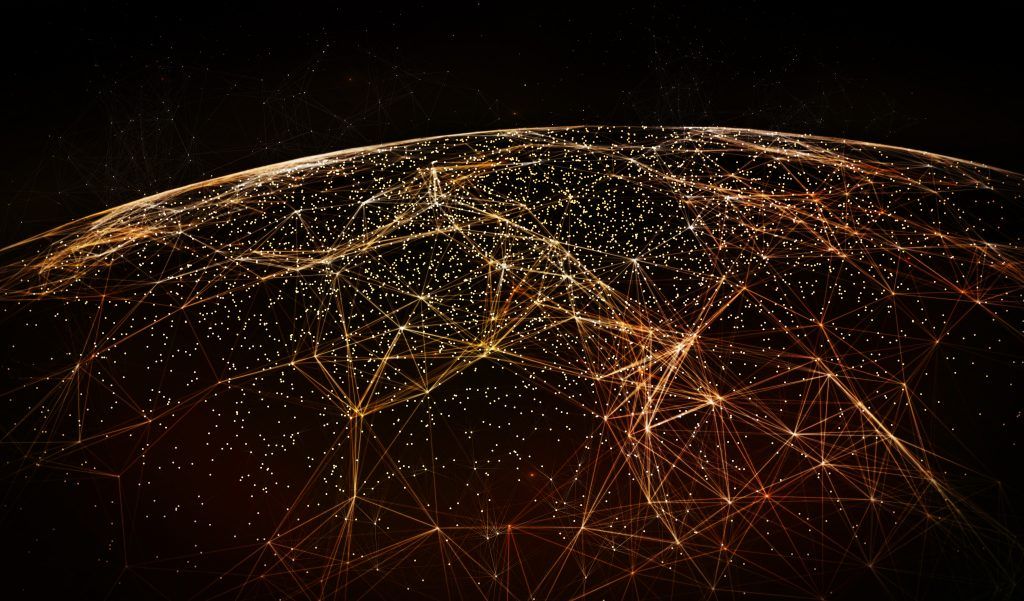SP Energy Networks to create a ‘digital twin’ of the country’s electricity network to model and test digital solutions to managing increased electricity demand on its real-life counterpart.
Due to funding from the non-governmental body UK Research and Innovation, the firm will use AI and other technology to create the Energy System Digital Twin (ENSIGN) as the first model of its kind and first energy project funded by the Engineering, Physics and Sciences Research Council’s Prosperity Partnership Fund.
Developed in collaboration with Scottish universities – Strathclyde, Glasgow, Heriot Watt and St Andrews – it will identify the best ways to optimise capacity and incorporate renewable energy technologies onto the network as homes and businesses make the switch to cleaner and greener fuels on the road to net-zero emissions.
The digital project is based on finding the best options for managing increased electricity demand on an energy network platform – which is hosted by the University of Strathclyde – from the decarbonisation of heating and industry, as well as hydrogen use, which will be modelled by the other partner universities. This will allow SP Energy Networks to identify best practice and solutions to be deployed.
The project will be the first stage in creating a new digital layer to the smart grid of the future, the firm said, that will ultimately allow consumers to have a “more interactive relationship with the grid”, offering more information to consumers.
Scott Mathieson, Network Planning and Regulation Director at SP Energy Networks, said: “The pace of change in the energy industry is like nothing we’ve ever seen so it’s vital we can stress-test tech and services to identify the best solutions and ensure the network remains fit for purpose as we move towards an all-electric future. This new ‘digital twin’ will allow us to simulate innovations and understand the potential benefits of new services in a whole new light, giving us meaningful insights that will directly impact what we do in the real world.
“To do that, we’re partnering with some of the world’s most renowned universities and bringing together the best minds and machinery to create something truly unique, which is really exciting.”
James Yu, Head of Innovation at SP Energy Networks, said: “Net zero will only be possible if we have the network infrastructure and innovative energy system to manage the increased demand from the likes of heat pumps or electric and hydrogen-powered vehicles. This AI-led project is the first step in revolutionising how we interact with the electricity grid and informing how we use the electricity that will power our cleaner and greener lives – all while keeping the lights on.
“Digitalisation of the energy system is a critical step in enabling the UK’s transition to net zero carbon emissions and the digital twin will help us forecast – right down to street level – how many heat pumps can be used, or where and when it’s best to charge your electric car. That will help us plan and prioritise better and ensure we provide the electricity network people don’t just want – but need.”
Professor Campbell Booth, Vice-Dean Research in the Faculty of Engineering at the University of Strathclyde, said: “This Partnership will create an Integrated Energy System-Digital Twin to facilitate reliable, resilient, affordable, low-carbon, multi-vector energy systems of the future. It will create the knowledge, visibility and applications that are urgently required for accurate and informed decision-making, risk management, and various other functions that will be required for effective planning, design and operation of future energy systems.”
Image courtesy of Shutterstock















